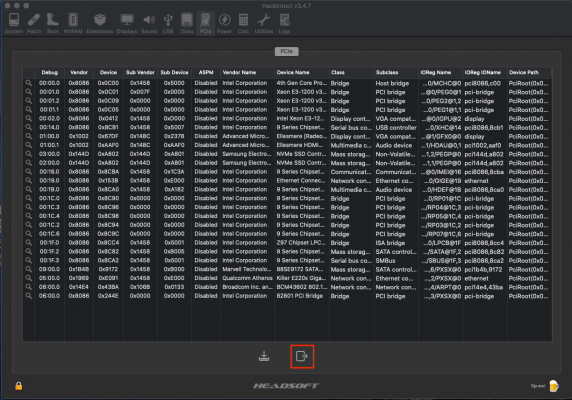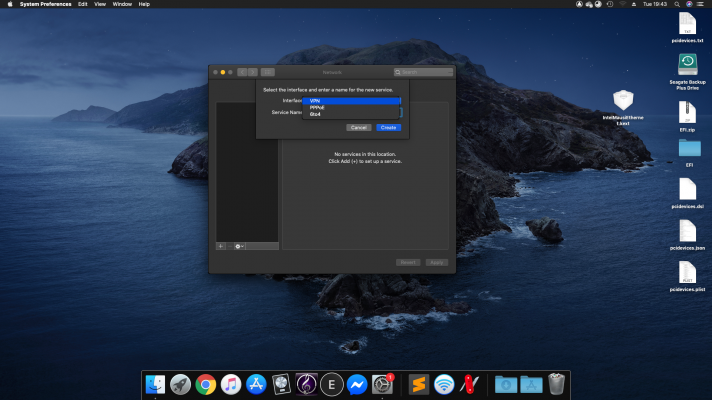- Joined
- Jul 5, 2019
- Messages
- 7
- Motherboard
- ASUS Z490-A
- CPU
- Intel i7-10700
- Graphics
- EVGA Geforce GTX 970 SSC
Following Dortania's guide has led me to a (mostly) functioning build of Catalina using opencore 0.6.2, with a few issues:
Primary issue: no ethernet or wifi. Mobo uses Intel I225-V for ethernet, my wifi card is TP-Link TL-WDN4800. Haven't really tried to fix the wifi yet as ethernet would be my primary connection anyway.
Fixes tried so far: Several versions of IntelMausiEthernet, FakePCIID and FakePCIID_Intel_I225_V, with all iterations of enabling and disabling those three, changing the device-id for the relevant PCI-E slot (as per Dortania's guide, with the variations listed within it).
Note: the config and EFI included below have all of the above kexts included, please note I have tried removing and replacing all of them individually to no effect
Other issues: various graphics issues with trying to use the integrated graphics (currently using a GTX 970 as my card for my windows partition which I know is no longer supported), but these are currently more minor problems as I am waiting for the new Radeon RX6800 to be released before I upgrade.
Any help would be greatly appreciated, first time poster so let me know if there is any extra info required.
Thanks
EDIT (18/11/20)
I have also just noticed that I can no longer access the BIOS of my motherboard. I have only just encountered this as an issue when attempting to change the AURA Sync settings. Trying to access it leads to a blank screen; no error messages or hardware reboots. I'm assuming this is an issue with the way I've configured macOS, and I will try removing the SSD catalina boots from to see if that rectifies the issue.
Primary issue: no ethernet or wifi. Mobo uses Intel I225-V for ethernet, my wifi card is TP-Link TL-WDN4800. Haven't really tried to fix the wifi yet as ethernet would be my primary connection anyway.
Fixes tried so far: Several versions of IntelMausiEthernet, FakePCIID and FakePCIID_Intel_I225_V, with all iterations of enabling and disabling those three, changing the device-id for the relevant PCI-E slot (as per Dortania's guide, with the variations listed within it).
Note: the config and EFI included below have all of the above kexts included, please note I have tried removing and replacing all of them individually to no effect
Other issues: various graphics issues with trying to use the integrated graphics (currently using a GTX 970 as my card for my windows partition which I know is no longer supported), but these are currently more minor problems as I am waiting for the new Radeon RX6800 to be released before I upgrade.
Any help would be greatly appreciated, first time poster so let me know if there is any extra info required.
Thanks
EDIT (18/11/20)
I have also just noticed that I can no longer access the BIOS of my motherboard. I have only just encountered this as an issue when attempting to change the AURA Sync settings. Trying to access it leads to a blank screen; no error messages or hardware reboots. I'm assuming this is an issue with the way I've configured macOS, and I will try removing the SSD catalina boots from to see if that rectifies the issue.
Attachments
Last edited:




